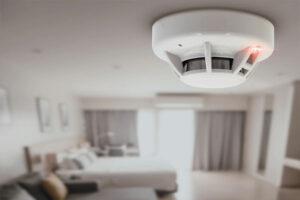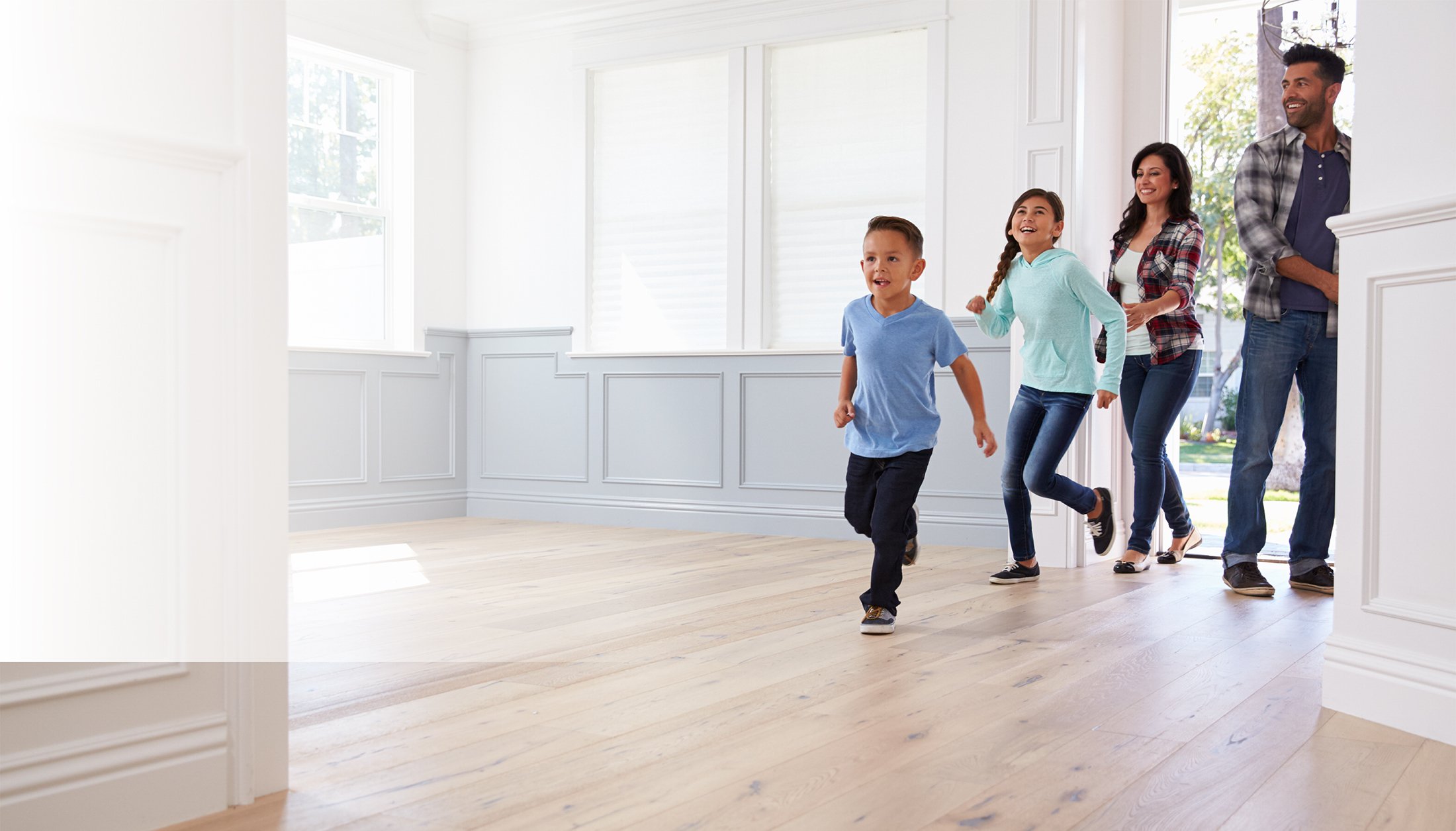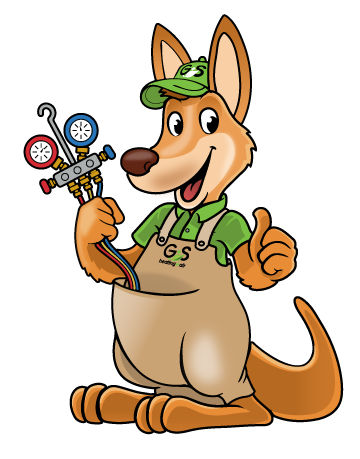
Over 400 people die from carbon monoxide poisoning every year, with many more falling ill. Most carbon monoxide, or CO, poisoning occurs during the winter months due to heating systems emitting the dangerous gas into homes. However, there are plenty of sources of CO that can be life-threatening during the summer months. Being prepared is the best way to avoid carbon monoxide poisoning. These are the four best tips to help.
Tip #1: Know the Symptoms
Carbon monoxide is colorless and odorless, so it’s impossible to detect, which makes it so dangerous and the risk of poisoning so high when exposed. Knowing the symptoms is critical to getting away from it and getting medical attention if needed. One key indicator is that everyone in the house falls ill at the same time, unlike a cold or the flu, which spreads from person to person over a few days or weeks. Pay attention to your pets, too, as CO affects them as much as the people in the home. The symptoms include:
- Headache
- Dizziness
- Weakness
- Nausea
- Vomiting
- Confusion
- Chest pain
- Loss of consciousness
Tip #2: Know Where it Comes From
Many fuel-burning household appliances emit CO, including gas stoves and ovens, water heaters, clothes dryers, fireplaces, wood stoves, grills, power tools, and generators. While your home should have proper venting for these items, having them inspected annually is essential to ensure they’re secure and without cracks or leaks. Additionally, schedule HVAC system performance testing annually to ensure your heating and cooling system are safe and installed correctly.
Tip #3: Keep Fuel-Burning Items Away from Your House
Many homeowners have generators to keep the power on in the event of severe weather and electrical outages. Location is critical when running the generator. Keep it away from open windows and doors and in an area where the exhaust fumes and carbon monoxide won’t get pulled into your house through any vents or openings. The same rules apply to grills and lawn equipment.
Tip #4: Install CO Detectors on Every Floor
The best way to avoid carbon monoxide poisoning is with CO detectors on every floor of your home, especially in or just outside bedrooms. Like smoke detectors, all new homes must have them, and if you don’t have them already, it’s easy and affordable to buy and install them yourself. Be sure hard-wired models have battery backup in case of a power outage. If you hear your CO alarm, don’t ignore it. Check the rest of the alarms to see if they are alerting. Check everyone in the house for any signs of carbon monoxide exposure or poisoning. If you have any doubts or if you feel ill, leave the house immediately and call 911. The emergency response team can take care of you if you have symptoms of poisoning, and the fire department can check for CO in your home.
One of the best and easiest preventative measures to avoid carbon monoxide poisoning any time of year is to have the information you need to protect yourself. Making sure your HVAC system is safe is a great first step. Then, contact the G+S Heating and Air team for system performance testing and general HVAC service, repair, and maintenance.












